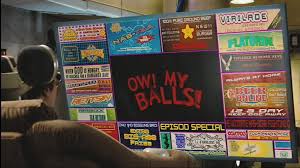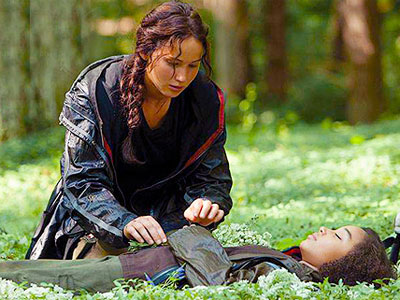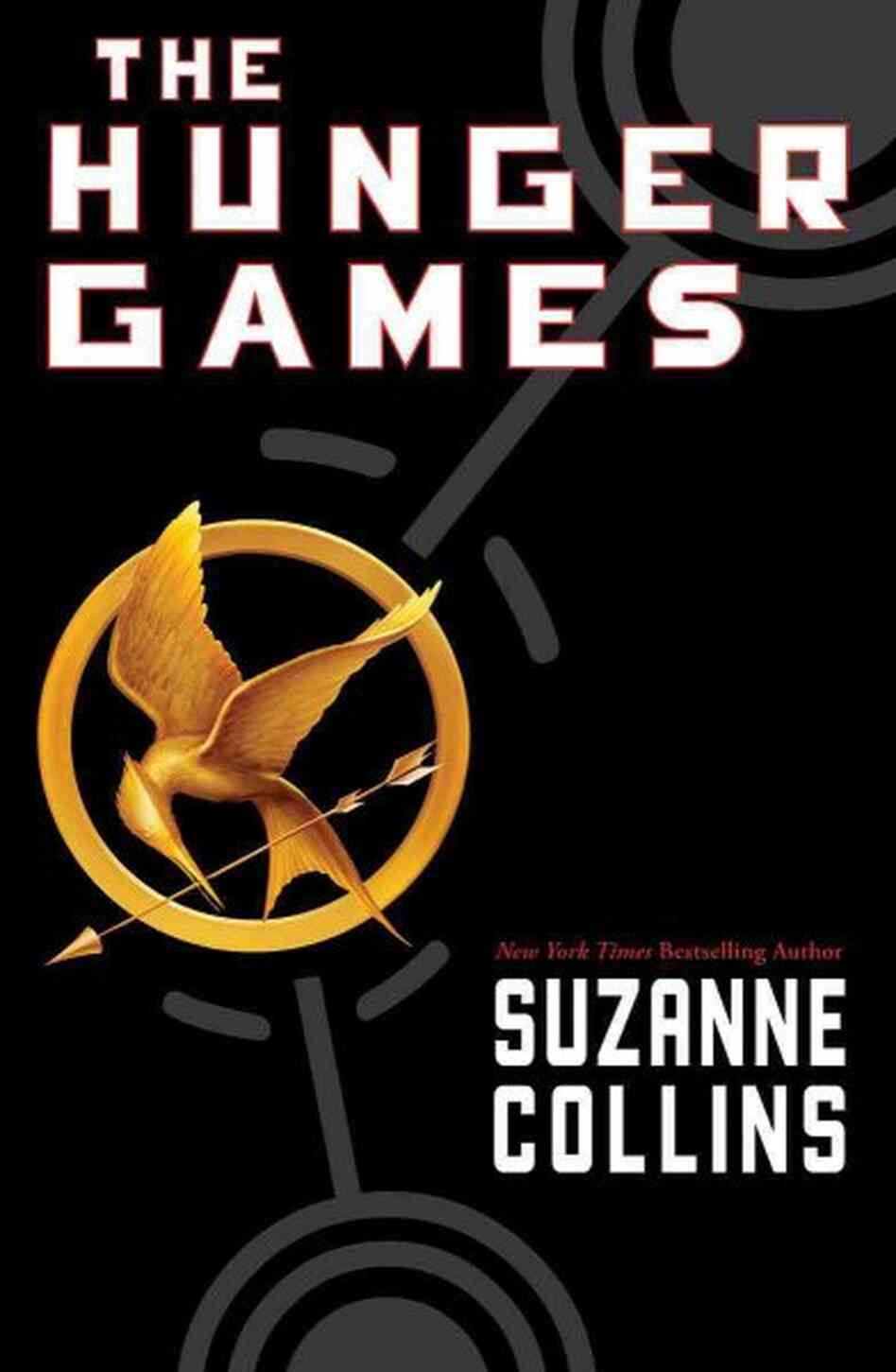I tend to resist giving into "trendy" novels that inevitably end up as obnoxiously huge, mega-million-dollar blockbuster films (see:
Harry Potter*, Twilight). However, I did have a genuine interest in this trilogy but never got around to actually reading it. Then the movie happened, and I sort of got turned off from further pursuing that endeavor. So when the reading list for our summer lit class came out, I was pretty thrilled that the
Hunger Games trilogy was included - now I would have the perfect opportunity to read the novel - and incentive for doing it in a timely fashion!
The Hunger Games is no James Joyce or William Faulkner novel, although I wasn't expecting it to be. The writing is not super-deep or embedded with rich prose or riddled with thought-provoking literary devices. There are not a lot of different thematic levels going on here or allusions to Shakespeare or the Bible. Again, not expecting any of these things, but perhaps hoping it would provide a little more literary "meat" to chew on while reading.
Regardless, I was very pleasantly surprised by the overall quality of writing and the deeply engaging story. Okay, full disclosure: I couldn't put it down! The pace, action, story concept and the truly intriguing heroine make it nearly irresistible!
I don't think I really need to give a plot summary - it's pretty well-known by now, including the "Girl on Fire" at the center of it all: Katniss Everdeen, the young lady who takes her younger sister's place in the annual Hunger Games, is pitted against her fellow District 12-dweller (and potential love interest), and faced with the moral challenge of killing off 23 other young people as the only chance for her own survival - and that of her mother and younger sister.
As I noted earlier, I don't see this book as being raised into the upper echelons of "classic literature," for the writing, but I can fully get behind its literary merit and I can see why it's gained such wide appeal, especially amongst teens (and I would dare to say that it will become a continued staple in teen literature for years to come). I would definitely have this in my personal classroom library and I would even go so far as to include it in my yearly curriculum.
My basis for this decision is based primarily on themes, character and plot. The novel is peppered with themes every teen can relate to in one way or another: family conflict, the loss of a parent, taking on huge household responsibility , caring for siblings. On a larger scale, the book tackles various coming-of-age topics such as defying authority, self-sufficiency, and emotional/physical attrations.

With Katniss, Collins has created an extraordinary literary character: she's simultaneously your "average teenager" while wrestling with the old soul of one who has learned to survive out of necessity and a young soul full of innocence and naivete about such things as boys and pretty dresses. The reader cannot help but get drawn into Katniss's personal journey she embarks upon during her physical journey to the Hunger Games. The fact that she doesn't know her own thoughts and feelings much of the time resonates and rings true especially for the younger crowd, but she uses this time of exploration to help define and mold who she is morally. And despite what her mentor Haymitch thinks - and what she thinks of herself - she is also naturally charming and incredibly likeable!
All of this is embedded in a story set in a dystopian
future, but one that I personally find to be not all that unbelievable. I found myself in shock for most of the book, continually repeating in my head:
"Is this for real? Is this novel really suggesting that the future human race will become both so barbarous and consumerist that they'll kill off innocent young people for entertainment?" It really messed with my mind, but also urged me feverishly onward into this disturbing future that I could also legitimately see happening. It reminded me of my reaction to Mike Judge's 2006 film
Idiocracy, which is freaking hilarious, but simultaneously terrifying how much our current society indicates its leanings towards such a future as Judge's film predicts:
 |
| The President of the United States, per Idiocracy. |
 |
| "The Food Pyramid," per Idiocracy. |
 |
| "Television," per Idiocracy. |
 "Hospitals," per Idiocracy.
"Hospitals," per Idiocracy.
 |
| "The Future of Human Civilization," per The Hunger Games. Way less hilarious. |
The Lexile for this book is 810, which is considered a 4th - 5th grade reading level. Personally, I think some of the imagery and situations are a little "heavy" for a 4th grader, although I also think that most readers in this age group could handle the actual lexicon of the book. The more mature content and the universal themes are the factors giving the novel such mass appeal, and makes it attractive to readers of various skill levels and abilities. Lower Lexile readers will be drawn in and swept up into the action (now having a major motion picture to use in the classroom as a visual will also help here) and higher Lexile readers may want to research details Collins sprinkles throughout the book with regards to the districts and with which parts of the previous United States they correlate, the weaponry of the various tributes, the unusual foliage and animals Katniss describes, etc.
All levels of readers will be able to engage with the story and make predictions and inferences about where it may lead (myself included - I've just cracked
Mockingjay and I am already struggling to
not stay up all night reading it). It's easy for the reader to gain empathy for these characters, and more deeply ponder the similarities and differences of this dystopian future from our own present. Moreover, all readers of all ages and skill levels will be able to connect with the major themes of struggle, survival, self-discovery and acceptance.
Lastly, if it's not
Twilight and it gets the kids to read, it definitely has a place on my classroom library shelf!
 |
| (Apologies to any Twilight fans - it's not you, it's the book). |
*PS: Just to clarify: I'm not hating on
Harry Potter or anyone who is a fan of the series; I just am sick of all the hype and big shiny films.
Twilight, we're still not cool. :)














